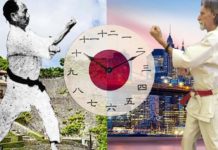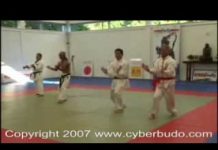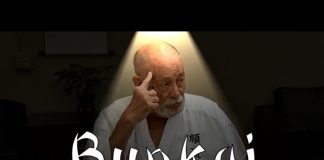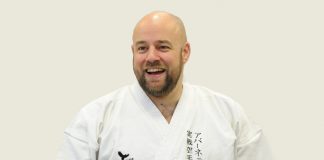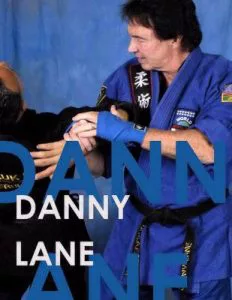 Many black belts and students of Tae Kwon Do don’t realize the devastating self-defense applications that are hidden within every hyung (forms) taught in Tae Kwon Do. I didn’t realize it until after I had trained for more than 25 years.
Many black belts and students of Tae Kwon Do don’t realize the devastating self-defense applications that are hidden within every hyung (forms) taught in Tae Kwon Do. I didn’t realize it until after I had trained for more than 25 years.
Hi, I am Danny Lane. I have been training in martial arts for 49 years. I started in the Marine Corps in 1968 with ju-jitsu. Through the years I have studied and achieved black belts in several martial art styles.
During my combat missions in Vietnam in 1968 and 1969, we did joint operations with the Korean Rok Marines. In the downtime, I watched the Rok Marines practicing these amazing kicks and techniques. I never forgot that.
Shortly after I returned to the US, I met Grandmaster, Sok Ho Kang in Huntington, West Virginia. He was a world champion and had just came from Korea. I was now a police officer, working on the streets and wanted as much training as I could. I began training with him and became addicted to the training. I fast became an instructor for him.
Grandmaster Kang taught Moo Duk Kwan-Tang Soo Do. Moo Duk Kwan is the trademarked name of a martial art organization founded by Hwang Kee in Korea in 1945.
I went to Korea with Grandmaster Kang in 1975 and put my skills to the test training and fighting high ranking black belts throughout Seoul, Korea.
WHAT IS TKD: Tae Kwon Do is the art of self-defense that originated in Korea. It is recognized as one of the oldest forms of martial arts in the world, reaching back over 2,000 years. Taekwondo is not only a combat sport, but is also a way of life for enthusiasts around the globe. The word Taekwondo itself is made up of three Chinese/Korean words: Tae, meaning to kick or jump; Kwon, meaning fist or hand; and Do, which means “the way.”
As I stated above, I learned, practiced and taught all the hyung for more than twenty five years before realizing the totality of them. After training years extensively in Aikido, Ju-Jitsu, Judo, Karate, Kenpo, Hapkido and other Japanese and Okinawan arts, it hit me like a ton of bricks. Within all the hyung are devastating blocks, strikes, arm bars, joint locks, sweeps, take downs, throws, pressure point knockouts and more.
I began breaking down each fundamental and each hyung applying the self-defense applications from the stand point of all of the arts. It was amazing how the hyung techniques all made sense.
WHAT IS HYUNG? The traditional explanation of hyung is a systematic, prearranged sequence of martial arts techniques that are performed either with or without the use of a weapon. In traditional dojangs (training halls), hyung is used primarily as a form of interval training that is useful in developing proper kinetics, mental and physical fortitude. Hyung may resemble combat, but are artistically non-combative and woven together so as to be an effective conditioning tool.
This is true but the hidden secrets I found within the patterns gave me more meaning and interpretation of the techniques. I became more excited to teach the forms with new meaning. I realized if a person were just a Master of the hyungs they would be a devastating weapon.
I agree that all techniques can be open to interpretation by each practitioner. The applications taught in my video series Hidden Secrets of Tae Kwon Do are my interpretation after applying the principles and knowledge from all the styles I had learned.
“I teach my students that a hyung (form) is a pre-arranged sequence of moves in a specific order designed to develop timing, balance, and self-defense applications against a multitude of opponents in a complete circle”.
In my video series Hidden Secrets of Tae Kwon Do I break down ALL of the fundamentals, three basic Ki-Cho forms, five Pyung Ahn forms and Naihanchi Cho Dan.
For more information on Hidden Secrets of Tae Kwon Do visit http://dannylane.com/hiddensecrets.html


